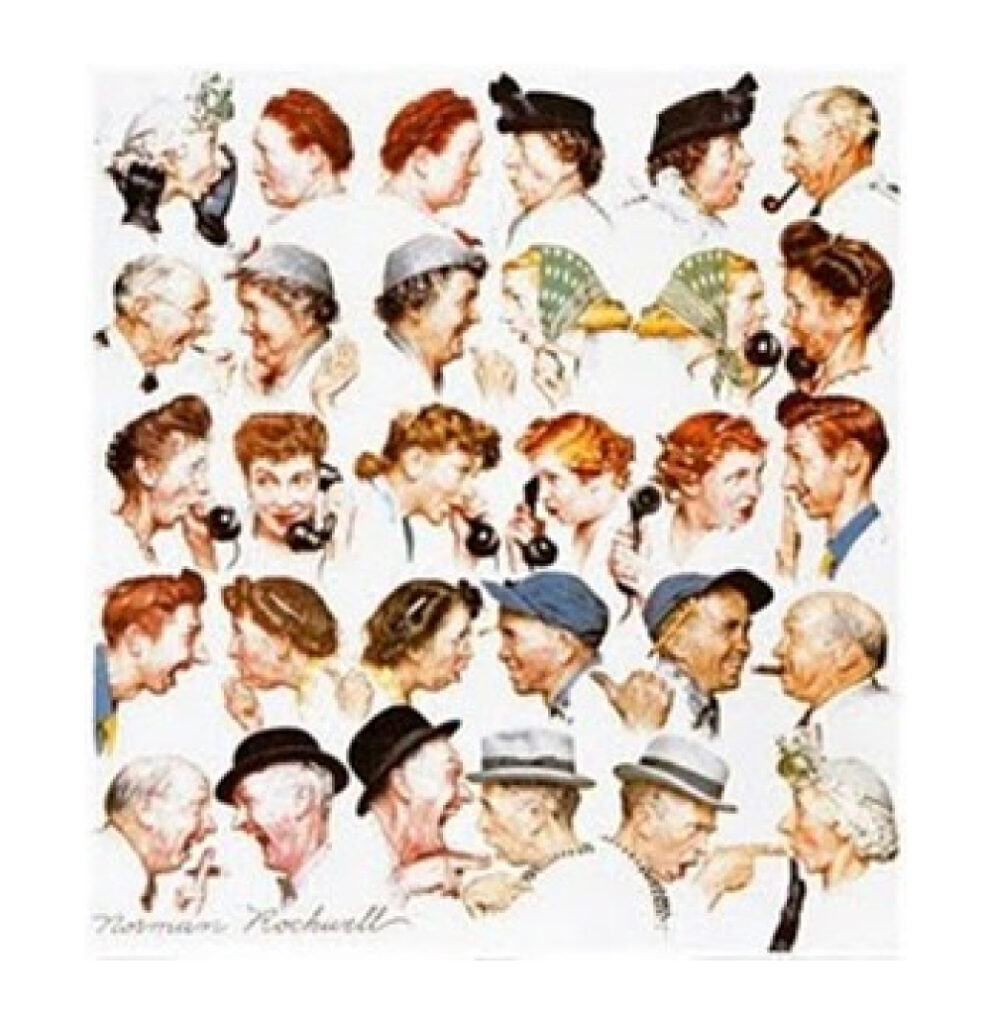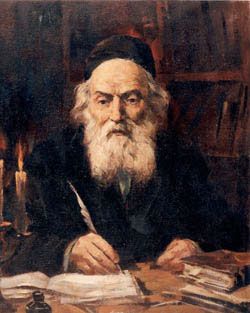Parshas Tazria
A Korban For Chava “And when the days of her purification are fulfilled, for a son, or for a daughter, she shall bring a lamb of the first year for an Olah, and a young dove, or a turtle-dove, for a Chatos.” Why does a woman who gave birth have to bring a Korbon Chatos – a sin offering? What sin has she committed to require her to bring such a Korbon?
Some Meforshim explain, “Since during her labor pains, she might have made an oath to never have another baby, she therefore brings a Korbon to atone for that oath and nullify it.”
Kli Yakar offers a different explanation. He says, “The atonement is not for this woman, but rather for Chavah – the first woman. Since pain from pregnancy and labor is a punishment for Chavah’s sin, eating from the Aitz HaDaas, this woman brings a Korban now to atone Chava’s sin. After going through all the pain of her pregnancy and labor she wants to bring an end to this suffering and brings a Korbon for Chava’s Avayra.”
*************************************************
When The Whole World Goes White The Gemara (Sanhedrin 97) says that Moshiach will come when every government in the world turns to Apikursus. Rava says, “We see it from the pasuk (Tazria 13:13) ‘Kulo Hafach Lavan Tahor Hu;’ when a nega spreads through a person’s entire body he is tahor.” What is the connection?
Rav Shamshon Rephael Hirsch says that white is a distinguished color, the color of purity, righteousness, and innocence. It is the color of a special breed. When every country turns to Apikursus and cloak themselves in righteousness, only then will Moshiach come and spread true purity on the world.
**********************************************
No Choice But To Lock Him Up For Seven Days If a person comes to a Kohen with a Nega that meets certain criteria, but has no sure signs of Tumah, the Kohen quarantines him for seven days and then checks back again to see if it spread. Why does the Kohen wait seven days? Is he too busy for a daily checkup?
The Daas Zikeinim answers that the slow spread of a tzoraas would not be noticeable day by day. Only over a full week can you see a noticeable difference, and even then only if you don’t check each day. We find the same thing by the Mabul when Noach sent out a bird only every seven days.
“Why not just put a marker around the Nega to see if it grows?” ask the Daas Zikeinim. “Markers can be erased and rewritten. Unlike by hair where a row of hairs is left around the nega as a border to see if it spread.”
*******************************************
Hashem Cheers For The Underdog The pasuk says (Tazria 13:13) that if Tzoraas covers a person’s entire body he is Tahor. This seems odd, since if it only covers a small area he is Tamei.
Rav Shimshon Pincus brings the Rambam (Milachim 6:7) who says that when you lay siege on the enemy, you must be sure to only surround them on three sides, always leaving a path for them to escape. The logical explanation given for this is that if they are totally surrounded they will fight ferociously until death. Whereas if they have an escape option, they will prefer to cling to life.
“However,” says Rav Shimshon, “that is not the pshat. The pasuk in Koheles (3:15) says, ‘HaElokim Yivakesh Es HaNirdaf; Hashem helps the one on the run.’ The Medrash says that even if the Nirdaf is a Rasha, Hashem helps him. Therefore, if a city is totally surrounded they are a Nirdaf, and Hashem will heed their pleas, so we leave them room to escape. Similarly by Tzoraas, if a person is totally stricken by Tzoraas without any healthy flesh, he is a Nirdaf and pitied by Hashem and therefore Tahor.”
*********************************
Why A Women Who Can Afford Better Brings A Paltry Bird After a woman gives birth, she waits a prescribed amount of time, and then she brings a Korban Chatos and Olah. If she can afford it, she brings a lamb for an Olah and a Ben Yonah for a Chatos. If she cannot afford an animal, then even for the Olah she can bring a bird. Why does the Torah require only a bird for a chatos from a woman who can afford an animal, which is always brought for a chatos?
The Meshech Chochma says that a Chatos is brought to be Michaper for an aveira. What did this mother do that she needs to bring a chatos? The Gemara (Nidda 29) says that during her intense labor pains, she swore she would never have relations with her husband again.
“The Yonah,” says the Meshech Chochma, “is a bird that is known for its extreme unbending loyalty to its spouse. Therefore, even if the mother can afford a more expensive Korban, for this particular aveira, the Yonah is a most appropriate Korban to atone for her Chait.”
***********************************************
A Sickness Among the Great There are four words used in Tanach to classify man; Adam, Ish, Gever, and Enosh. Adam is the word used for the highest caliber of mankind. Interestingly, when talking about tzoraas, a terrible spiritual disease, the Torah refers to a person as Adam; “Adam Ki Yihiyeh B’Or Bisoroi.” (VaYikra 13:2) Shouldn’t a person with this awful disease be labeled with a lesser title?
Rav Mordechai Yosef MiIzhbetza answers that one of the reasons for Tzoraas is talking Lashon Hara. The Torah is telling us that, unfortunately, this disease of Lashon Hara is very prevalent among the highest echelons of society. Their lofty status for some reason does not preclude them from gossiping about others. Even an Adam can get tzoraas.
Along similar lines, the Chesed L’Avrohom says that the Gemara in Eiruchin says that tzoraas also comes for haughtiness. The Sofei Teivos, the last letters of the words, “Yihiyeh B’Or Bisoroi Si’Eis,” spell the word Torah. From here we see that even if someone feels pride because of how much Torah he has learned, he will also be afflicted with Tzoraas. (Iturei Torah)
Created By Avrohom Sherman
786-565-9945
[email protected]

 4. Be kind to yourself. Speaking badly even about yourself is unethical.
4. Be kind to yourself. Speaking badly even about yourself is unethical.
 הלכות שמירת הלשון
הלכות שמירת הלשון 